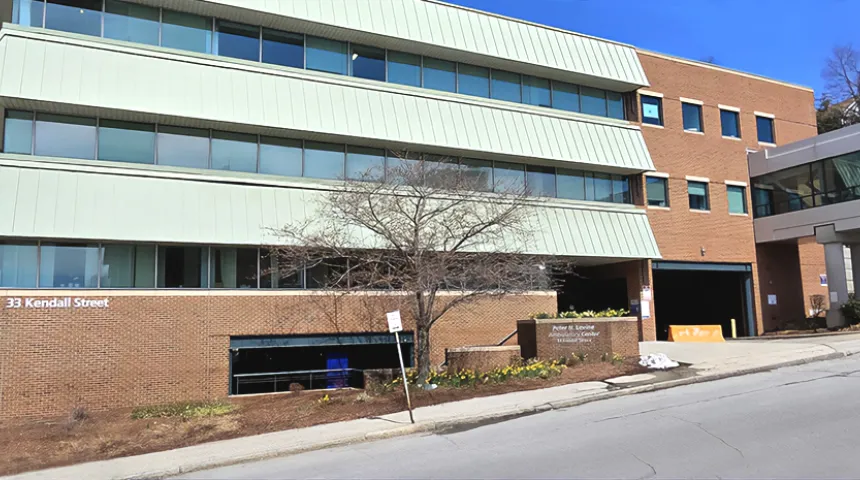Robotic Urologic Surgery
We use advanced technology to treat the prostate, bladder and kidneys without major surgery.
Why Choose Us for Minimally Invasive Urologic Surgery?
Experienced Surgeons
UMass Memorial Medical Center is proud to have urologic surgeons with some of the most extensive robotic surgical experience in Central and Western Massachusetts. Our program features the region’s only fellowship-trained urologists specializing in minimally invasive procedures, including robotic surgery. They perform hundreds of procedures each year delivering advanced therapies that are not widely available.
Innovative Techniques
We stay current on the latest surgical approaches, such as the Retzius-sparing robotic prostatectomy for prostate cancer. Surgeons remove the prostate from below, rather than above, the bladder to spare healthy nerves and tissue. This innovative technique helps you regain urinary and sexual function as quickly as possible after surgery.
Personalized Approach
Our goal is to provide the most effective treatment while optimizing your quality of life, whatever that may look like for you. We take the time to understand your needs and priorities before recommending a treatment plan. Urologists draw on a wide range of nonsurgical and surgical options to customize your care.
Our Robotic Urology Surgery Location

UMass Memorial Medical Center - Memorial Campus Peter H. Levine Ambulatory Center
33 Kendall Street,
Levine Building,
Worcester, MA 01605
Get Started
Call 855-UMASS-MD (855-862-7763) or request an appointment with a urologist specializing in robotic surgery.
